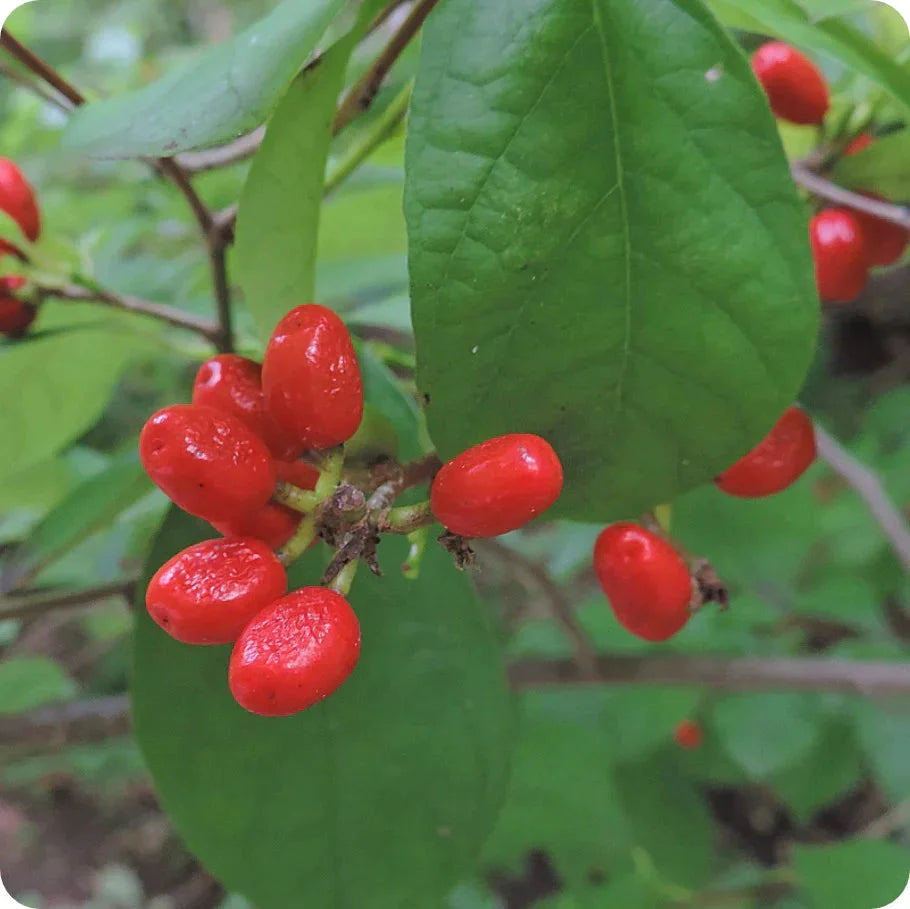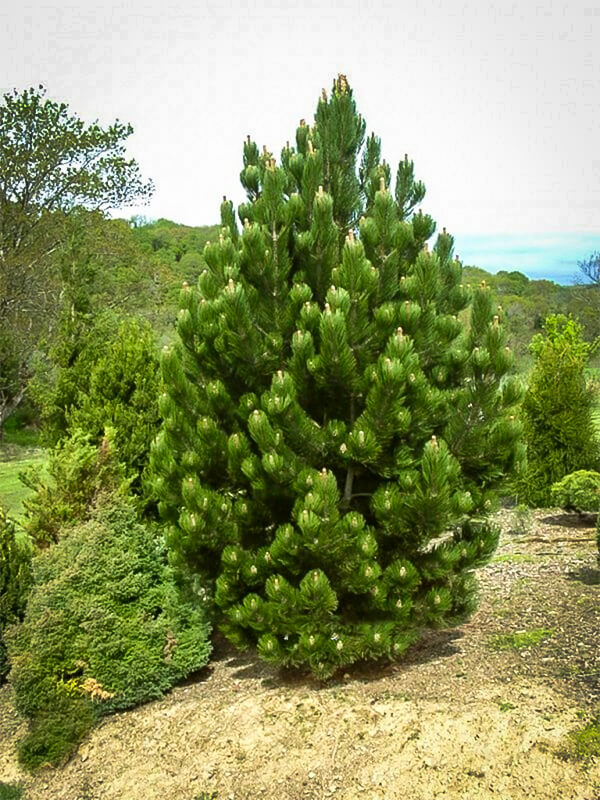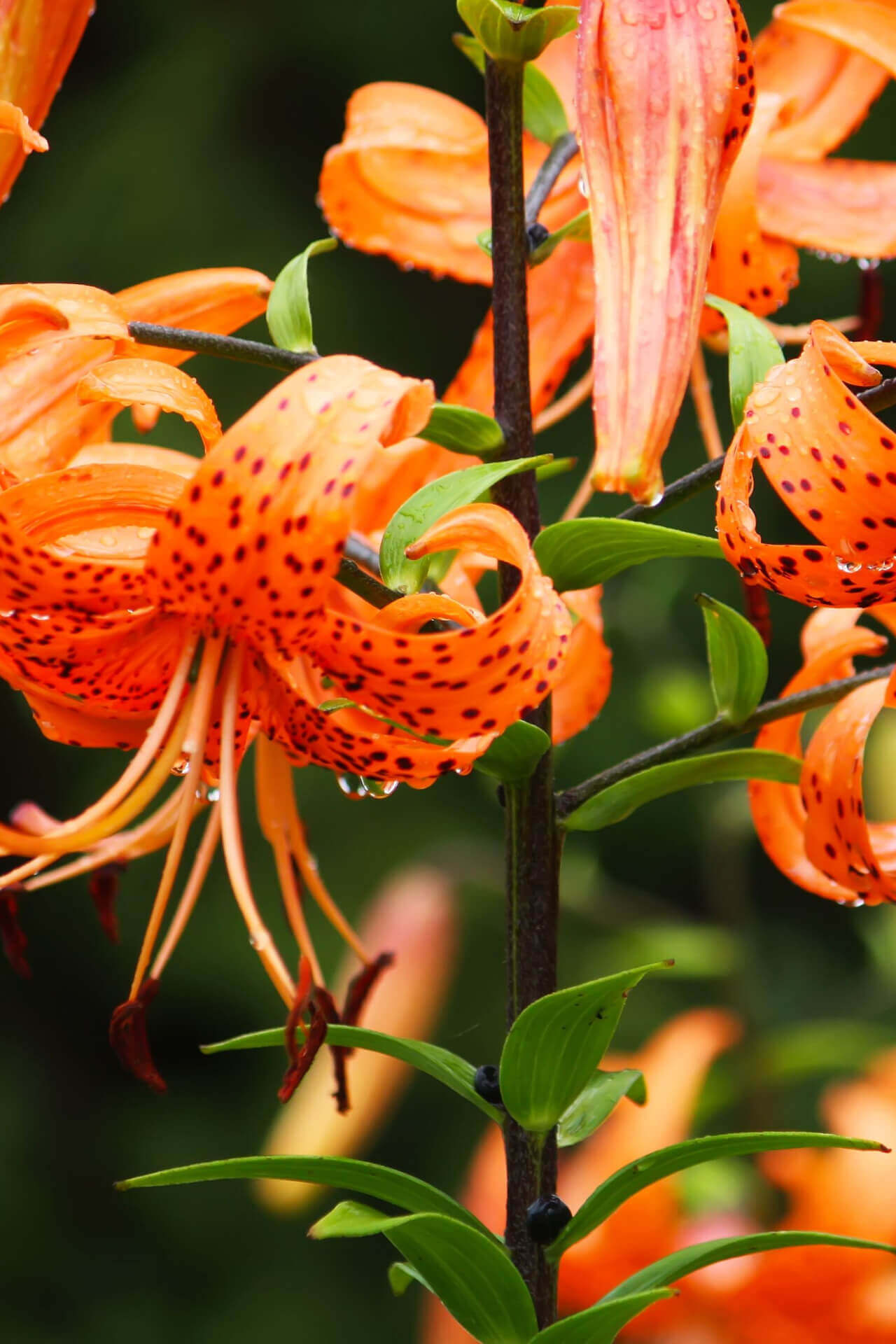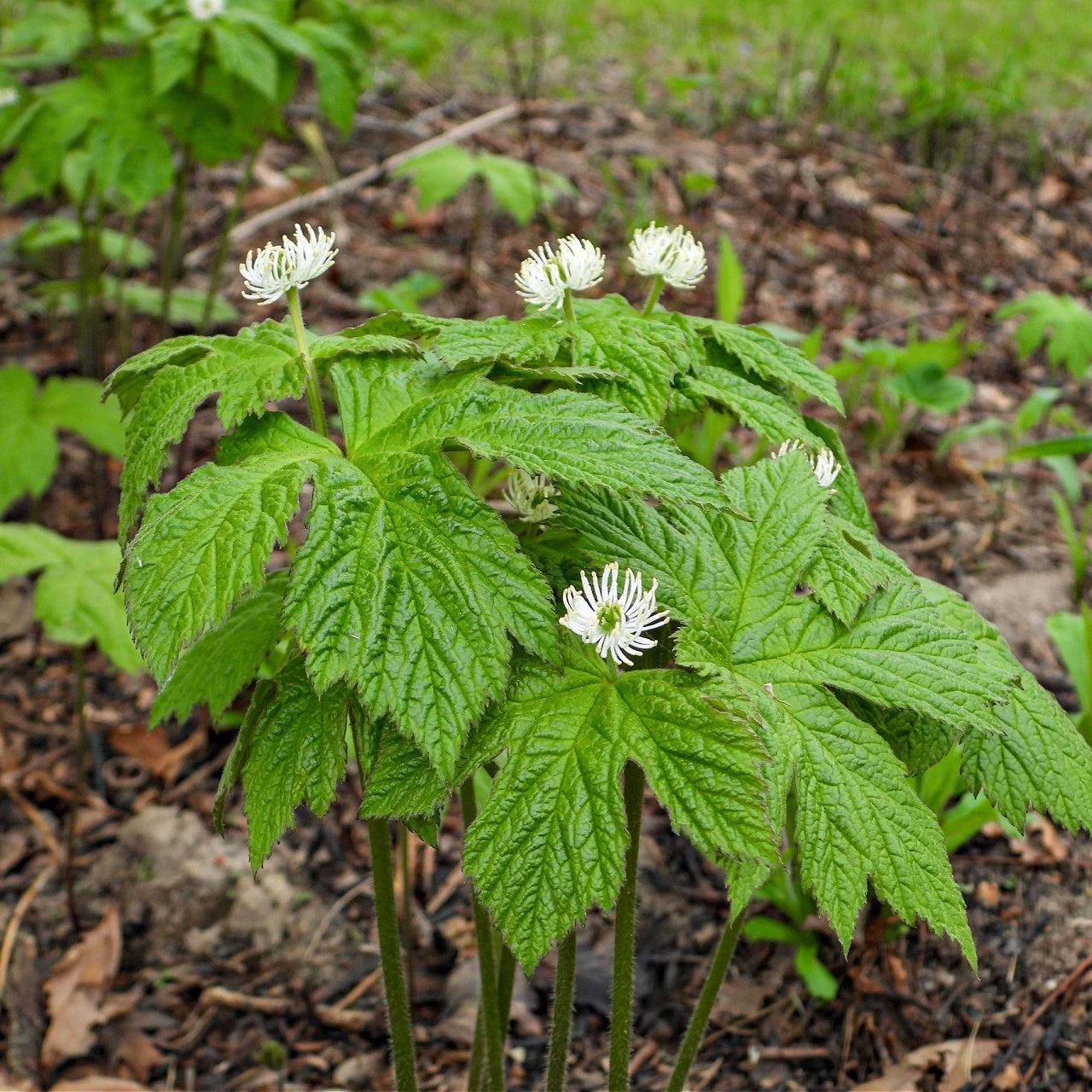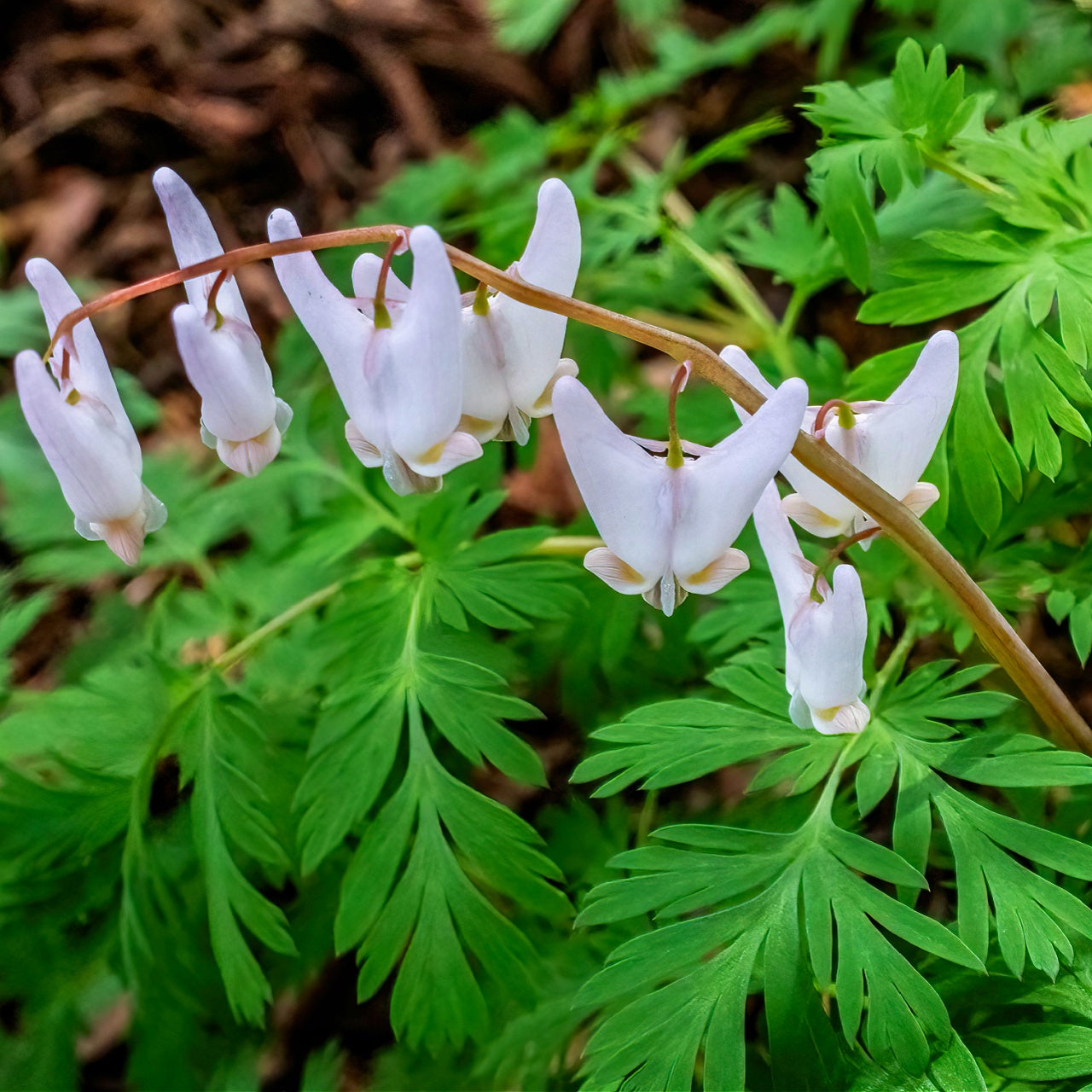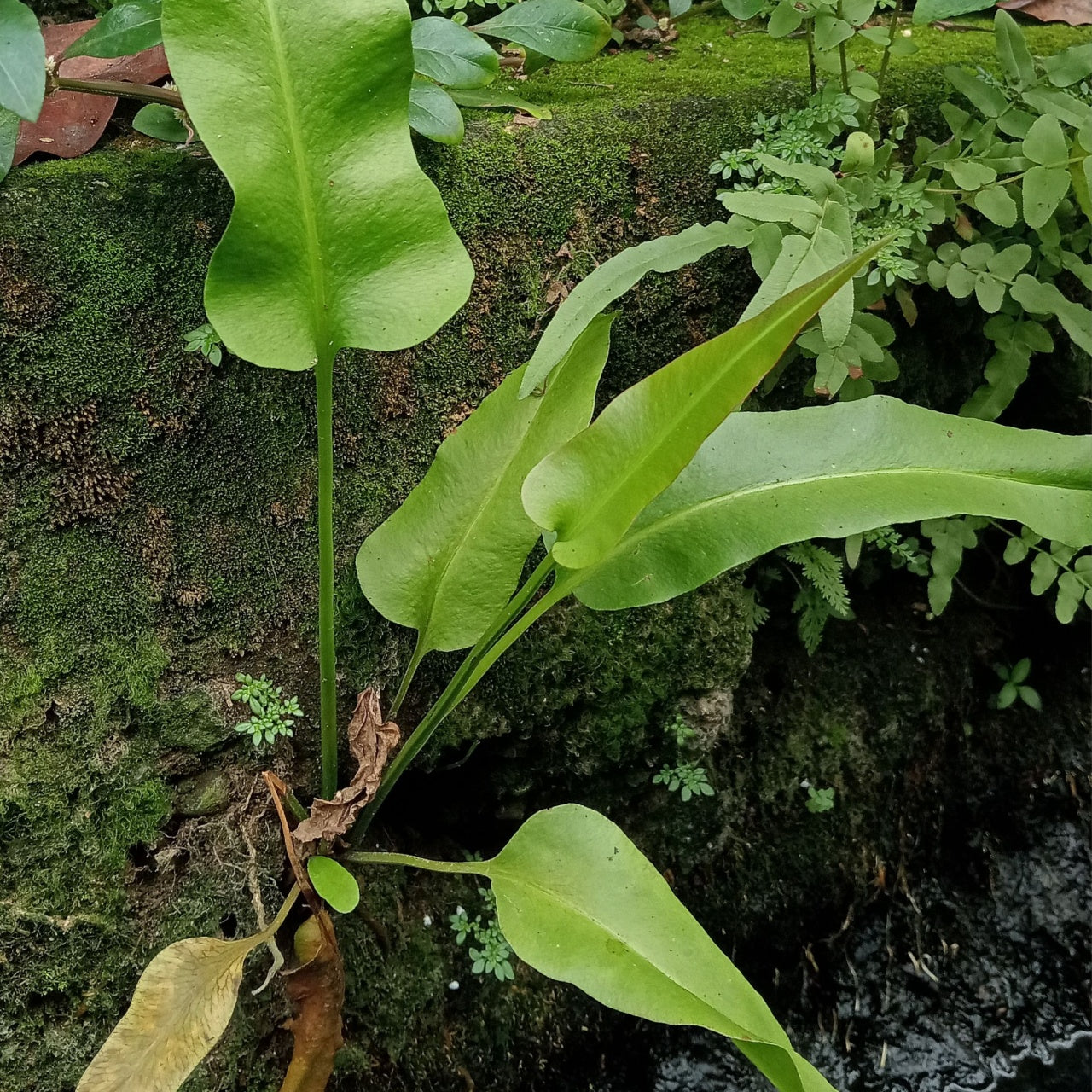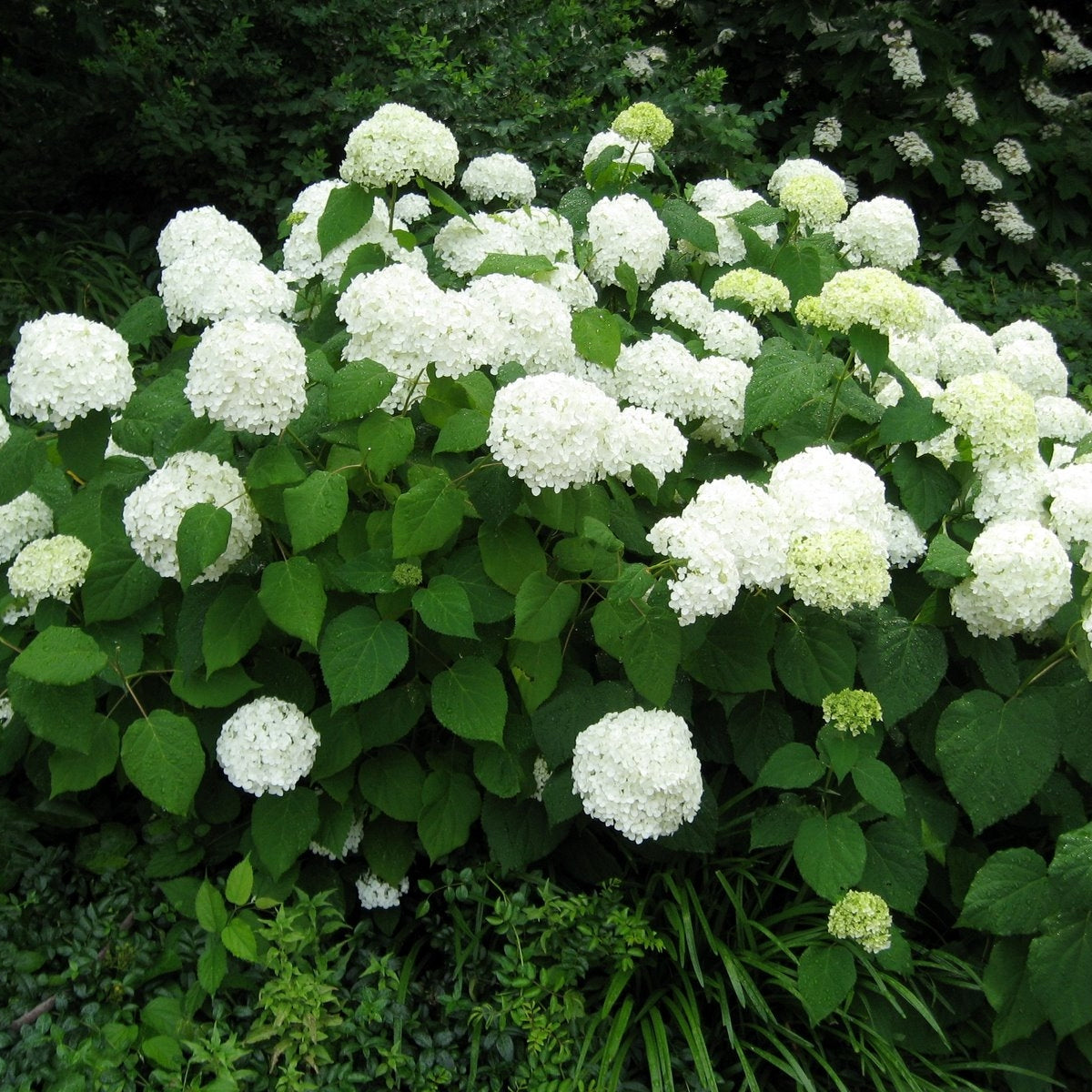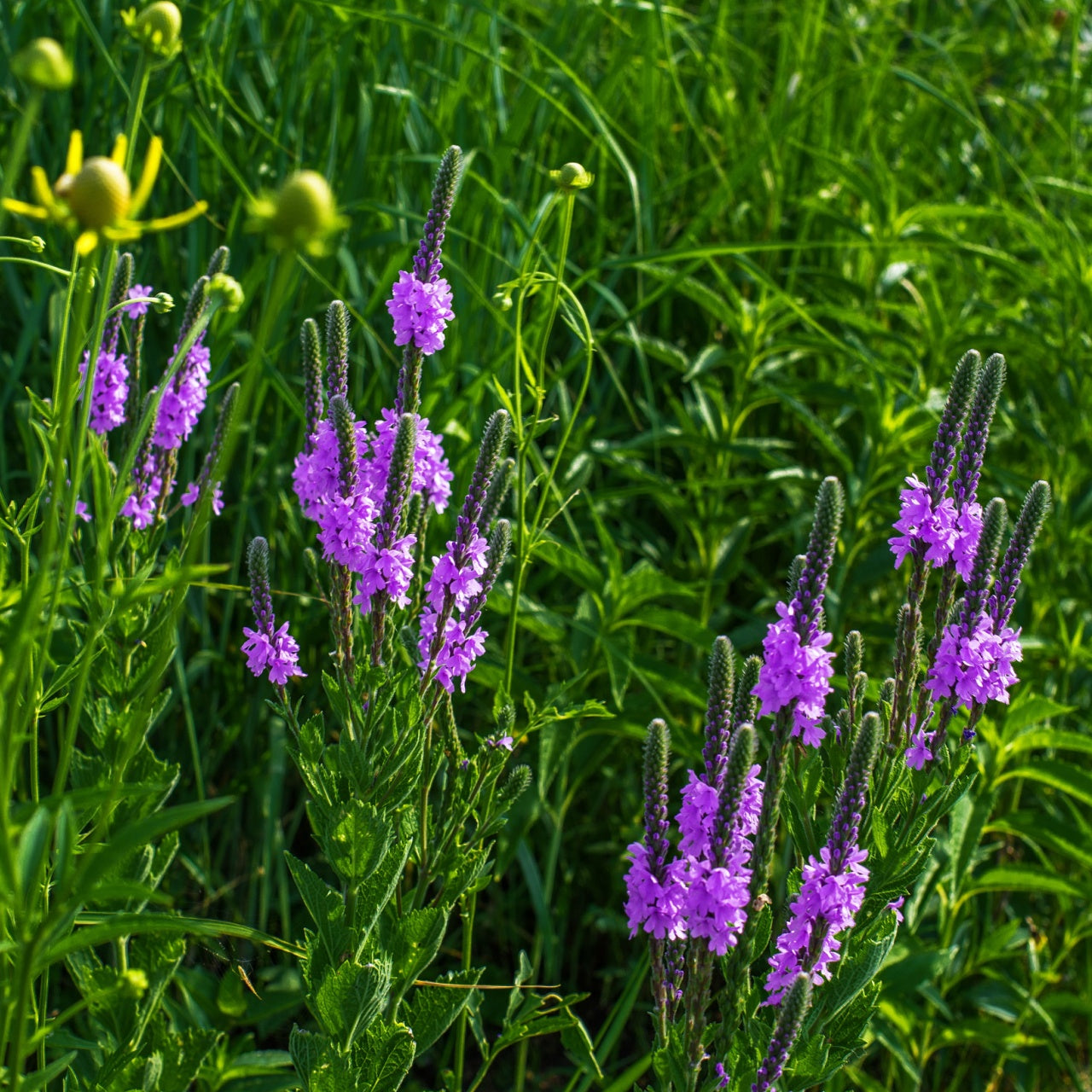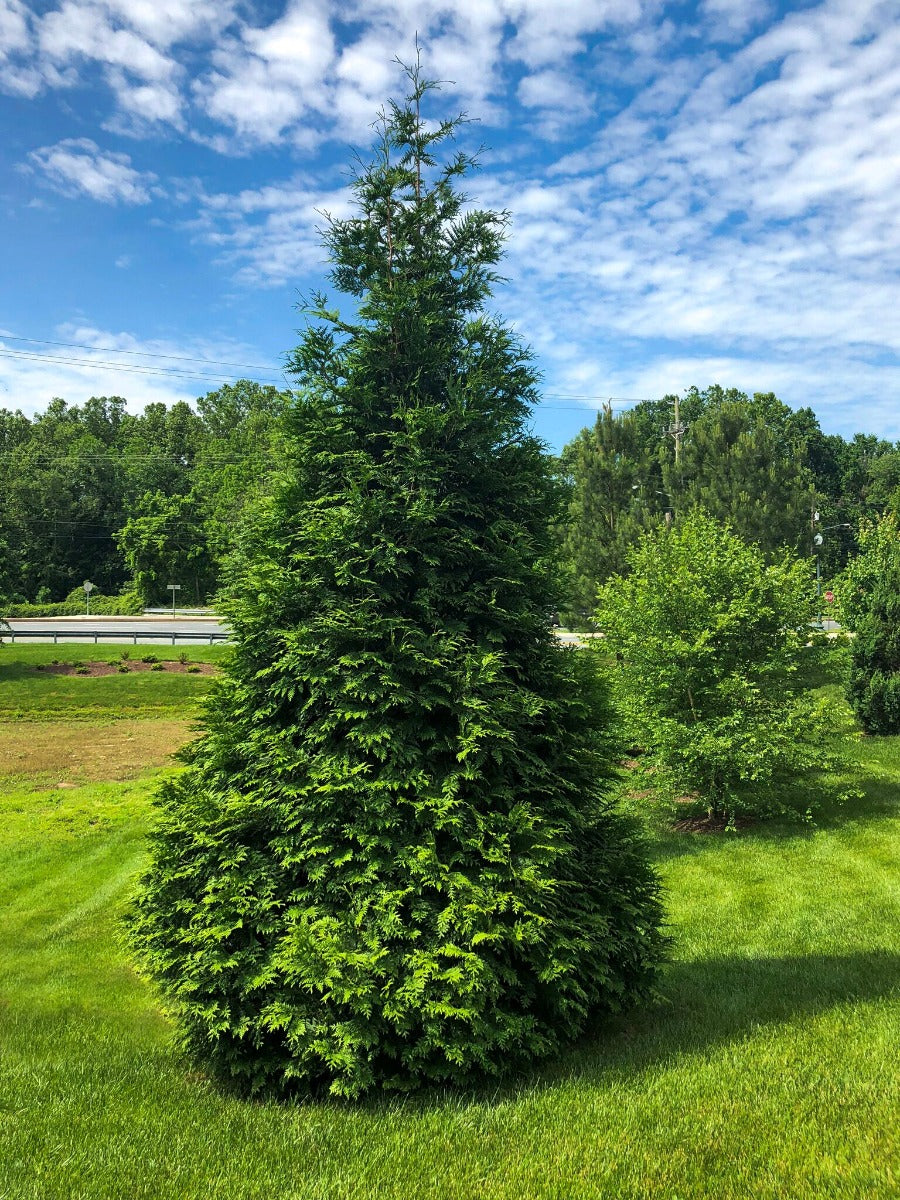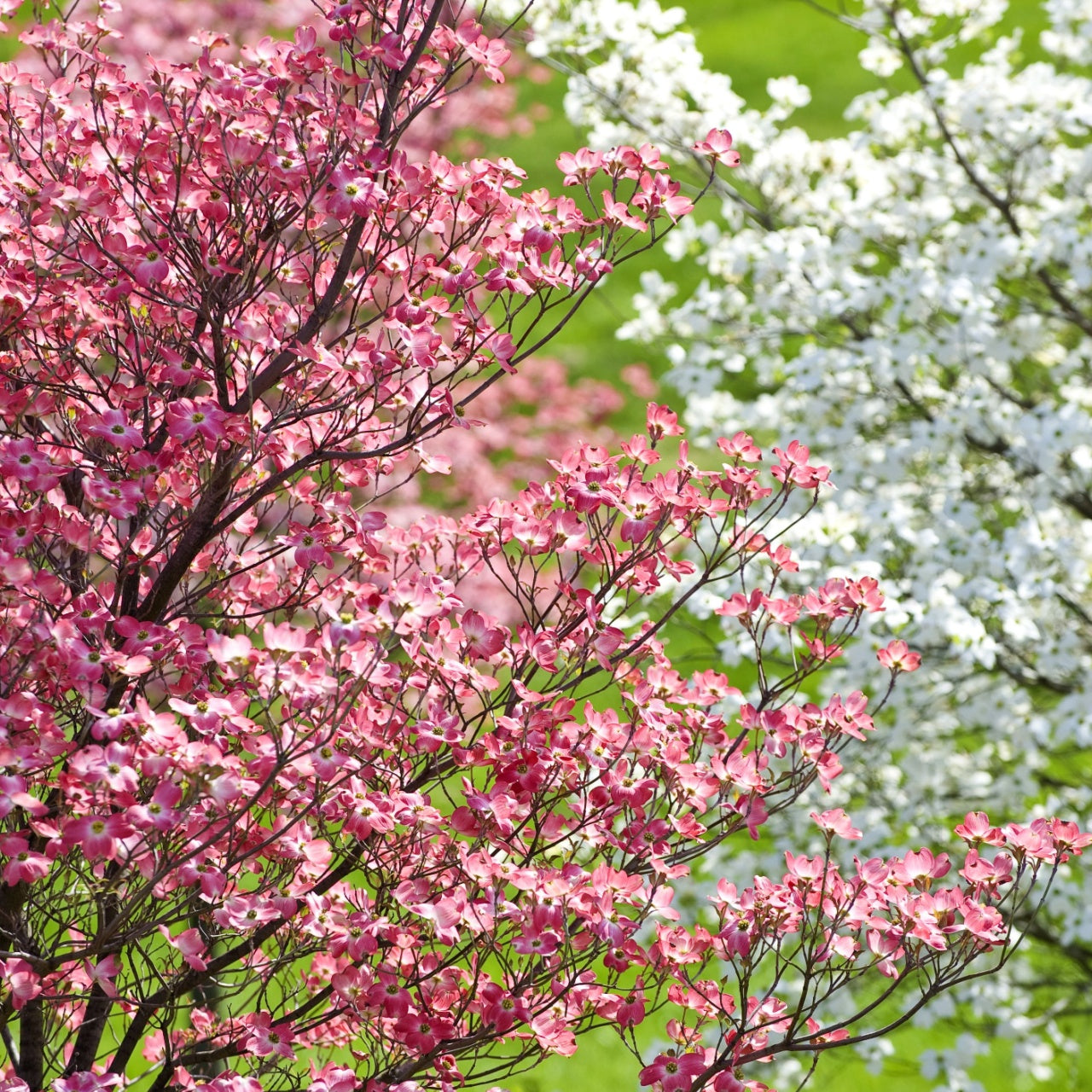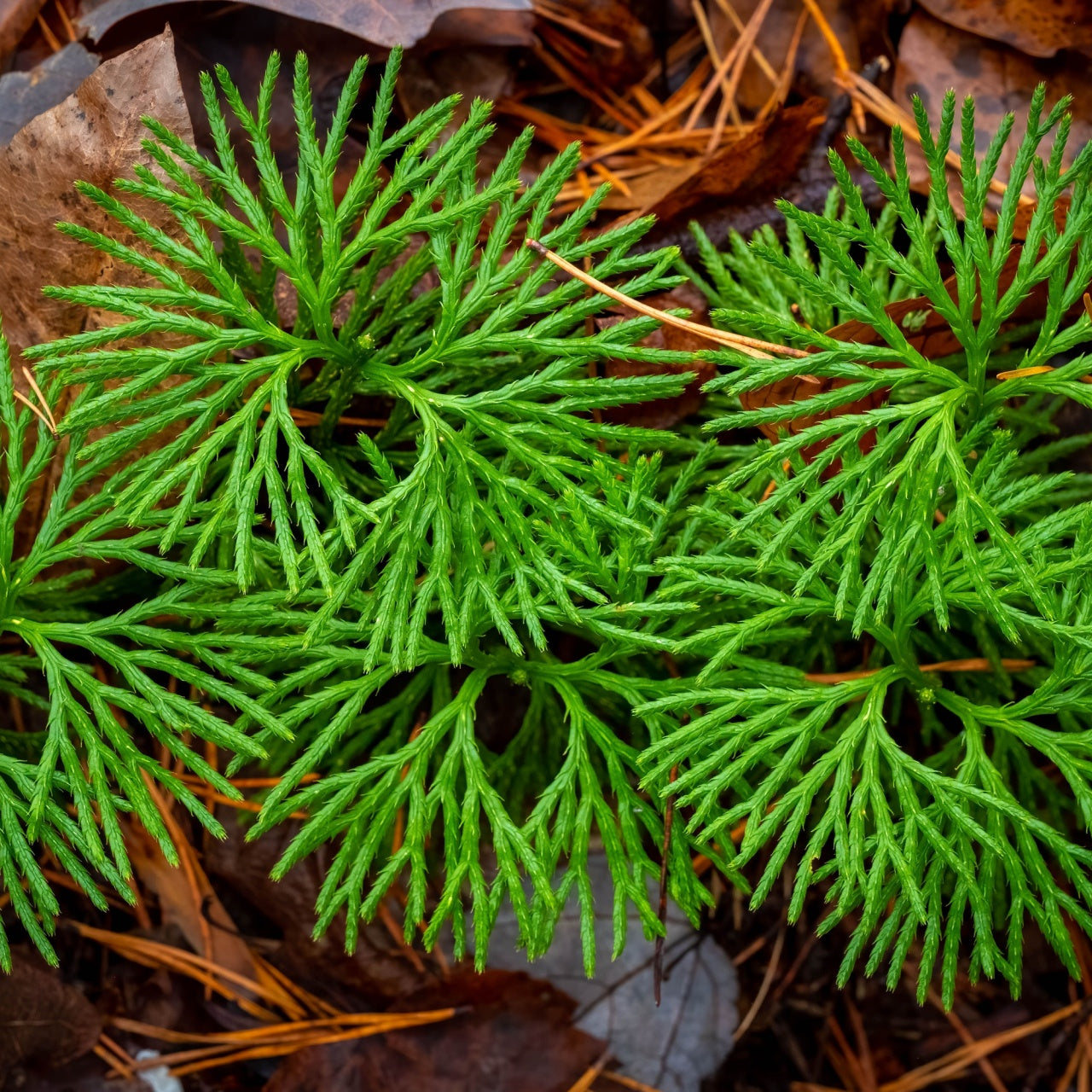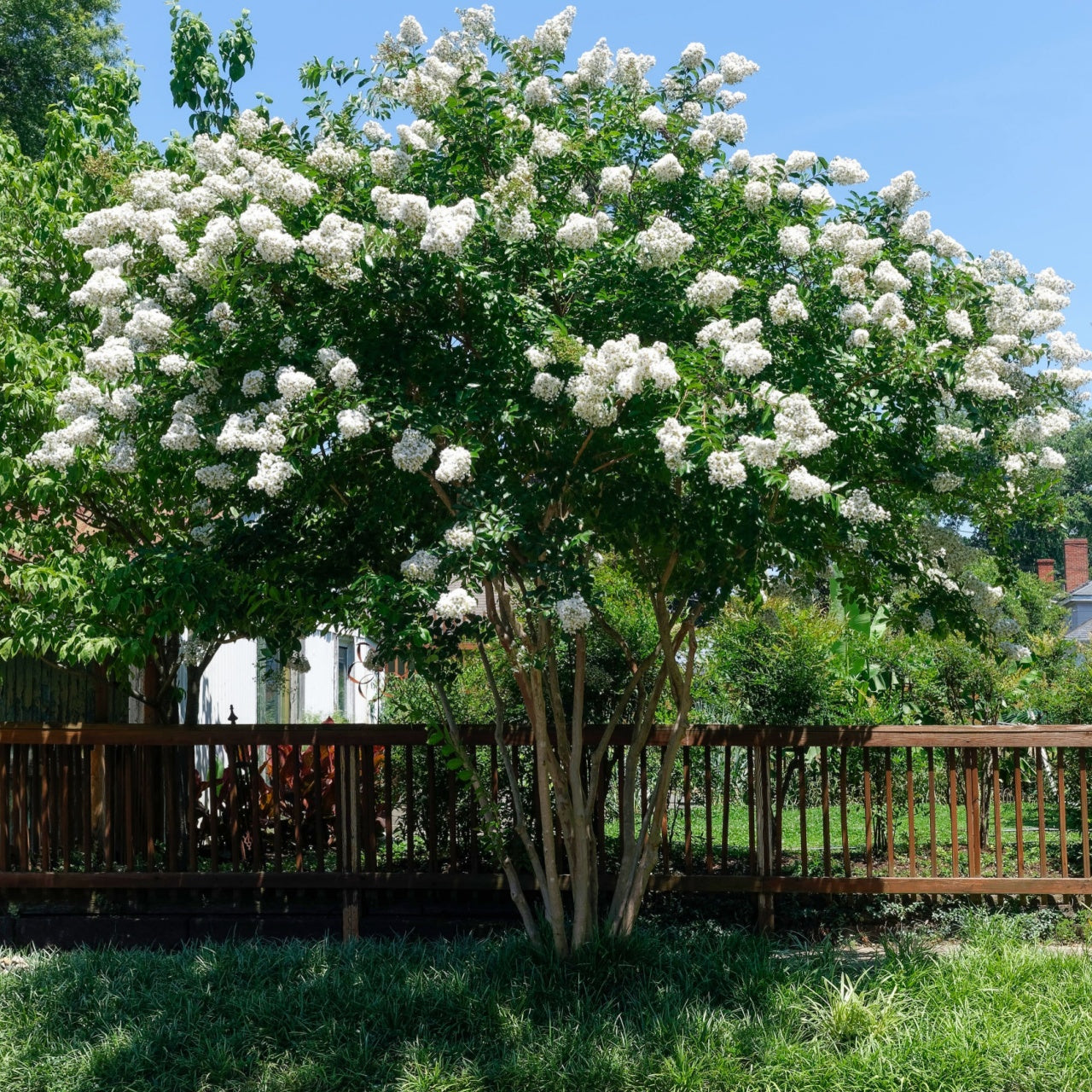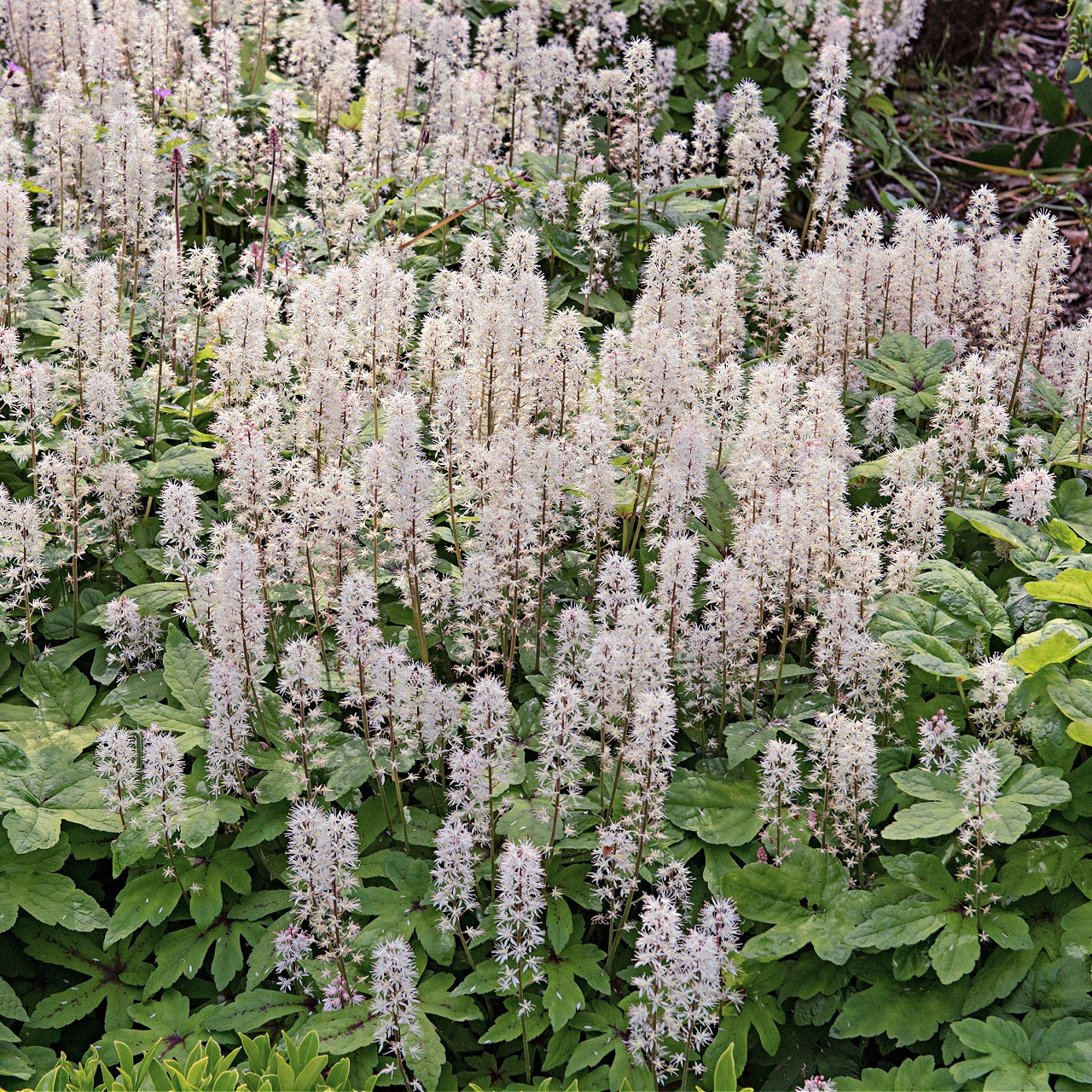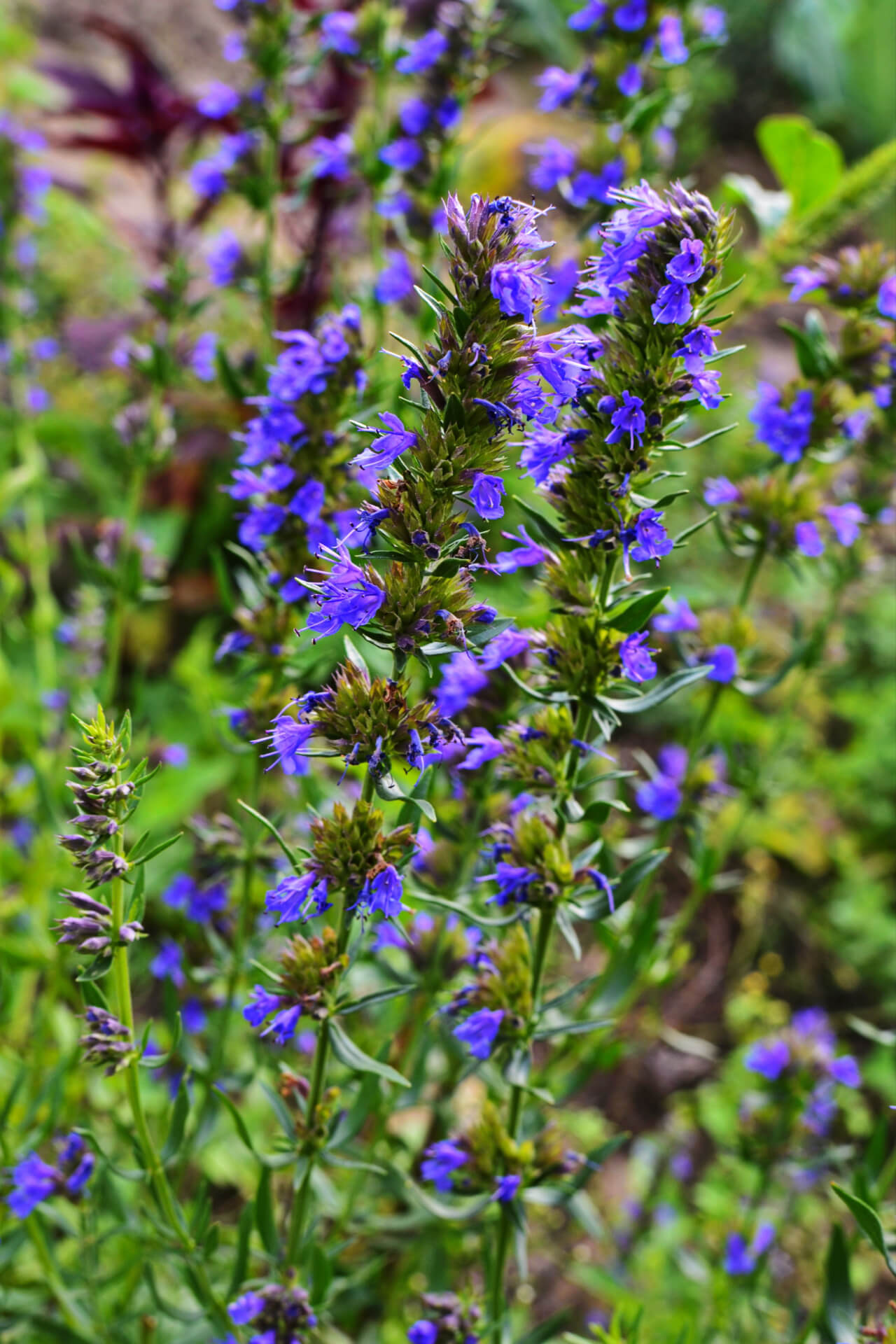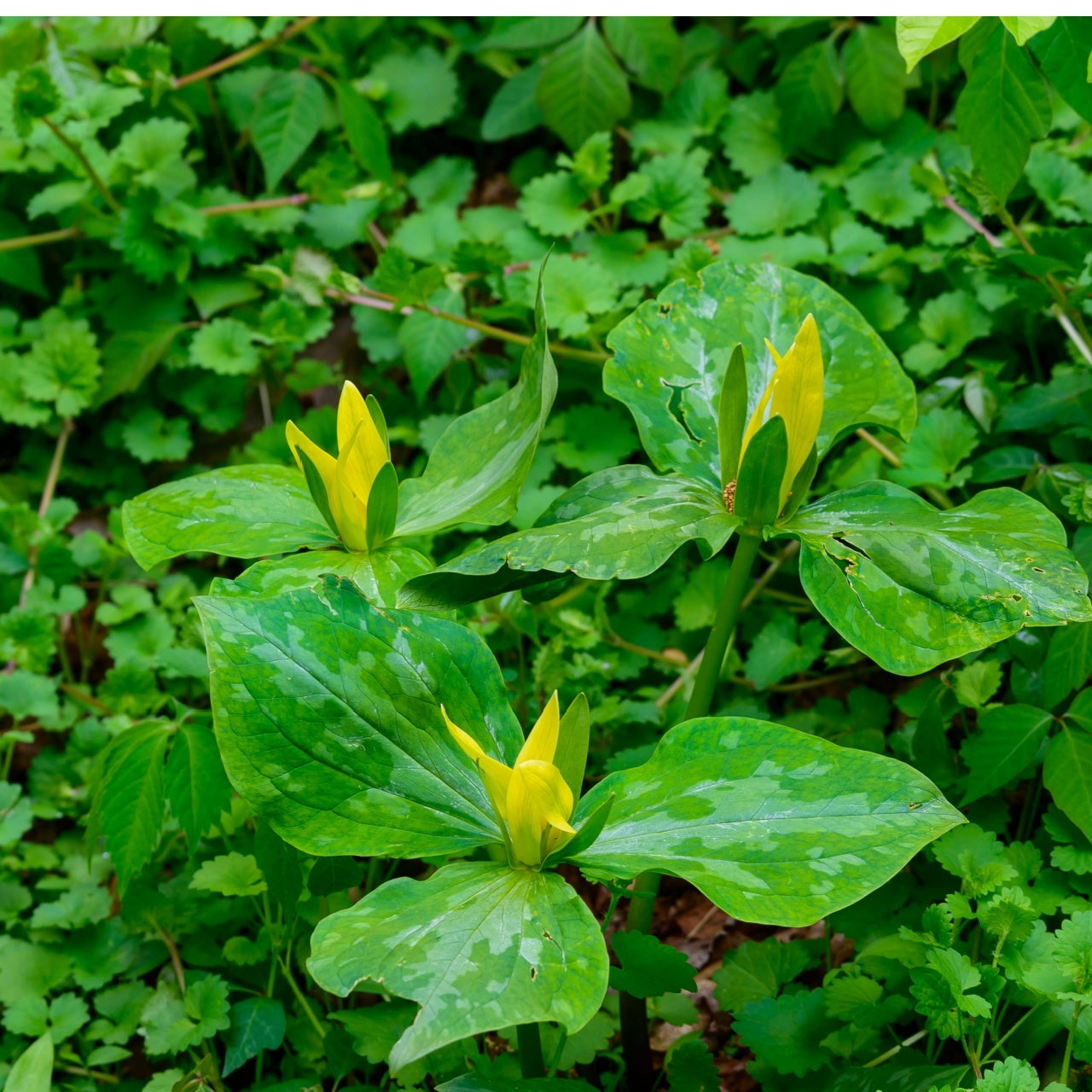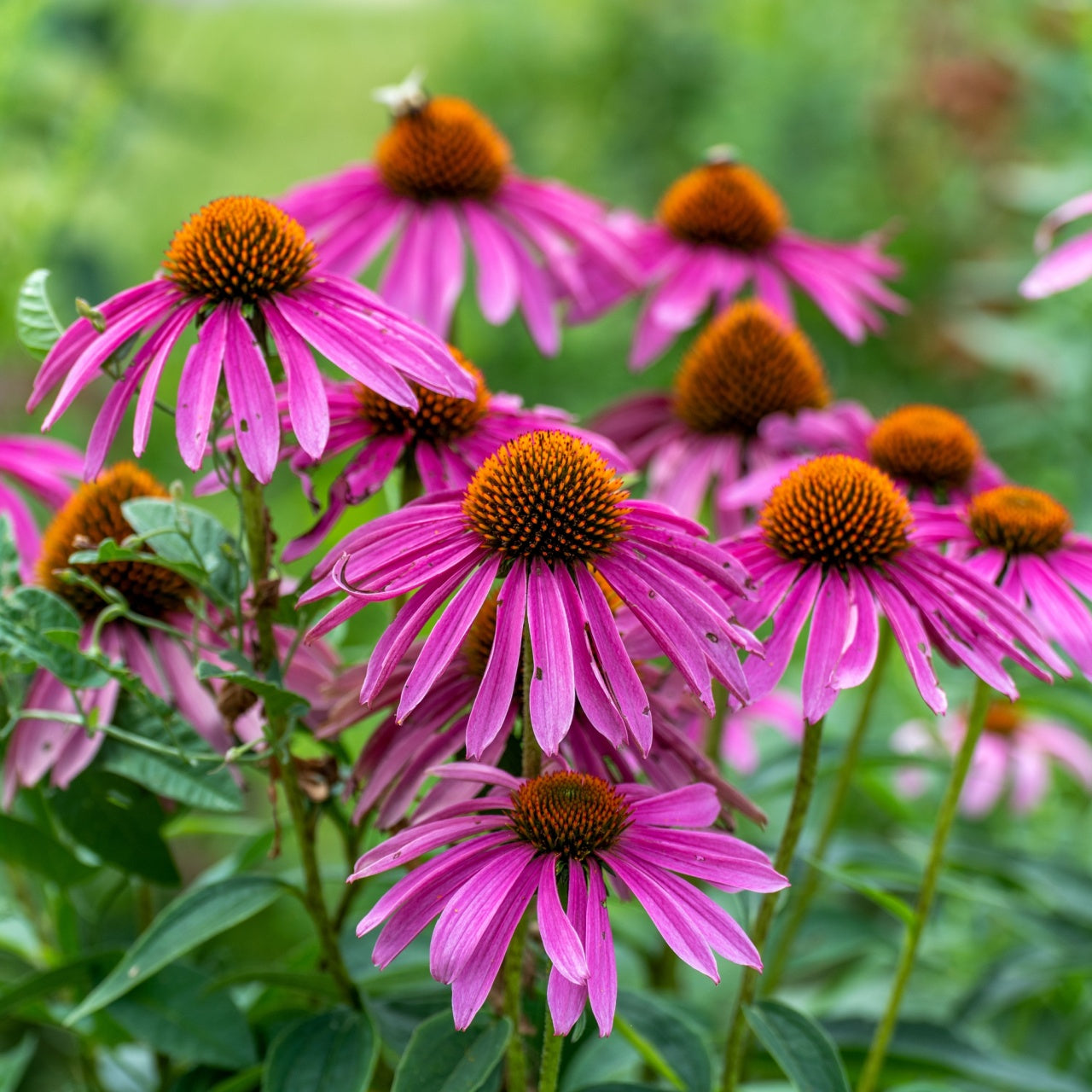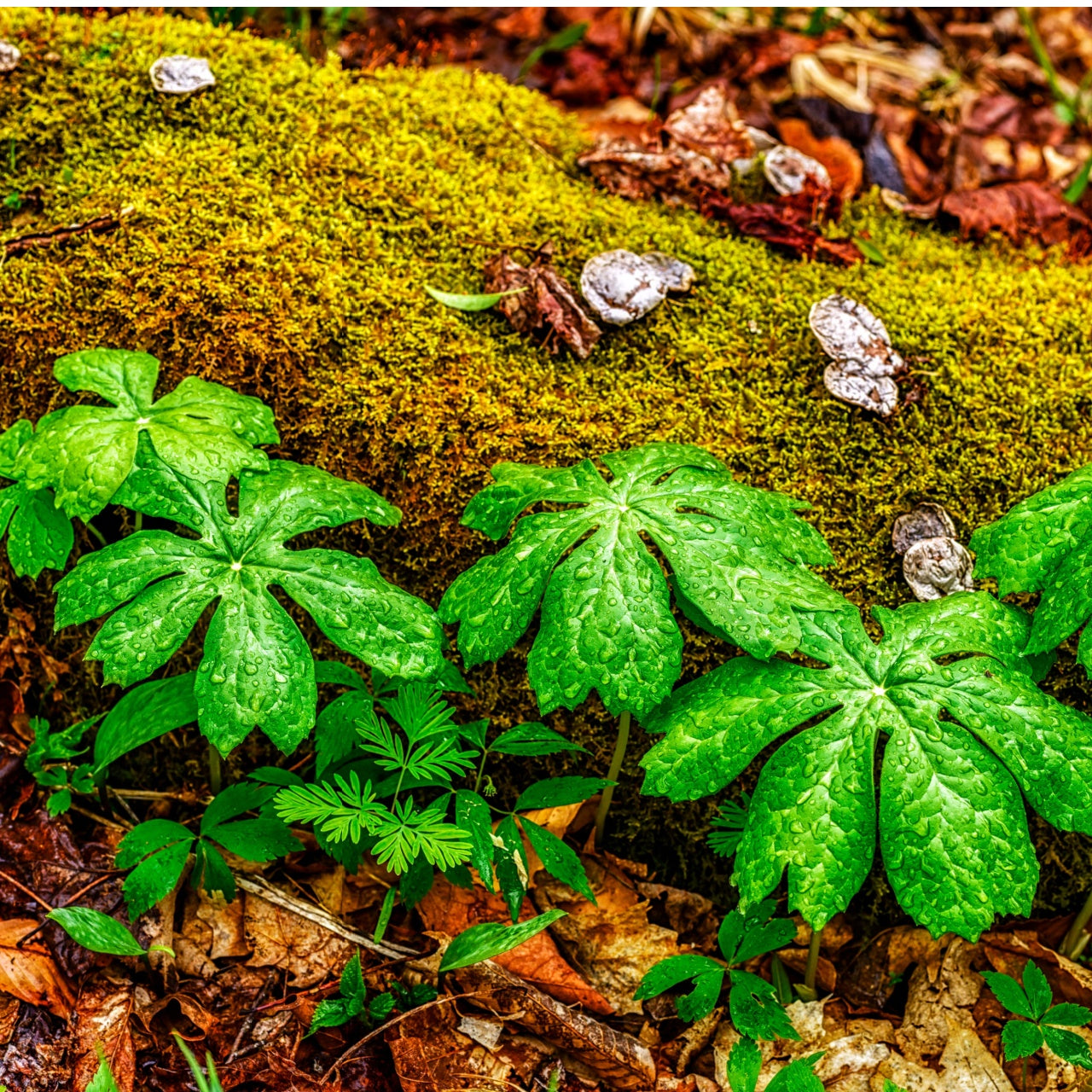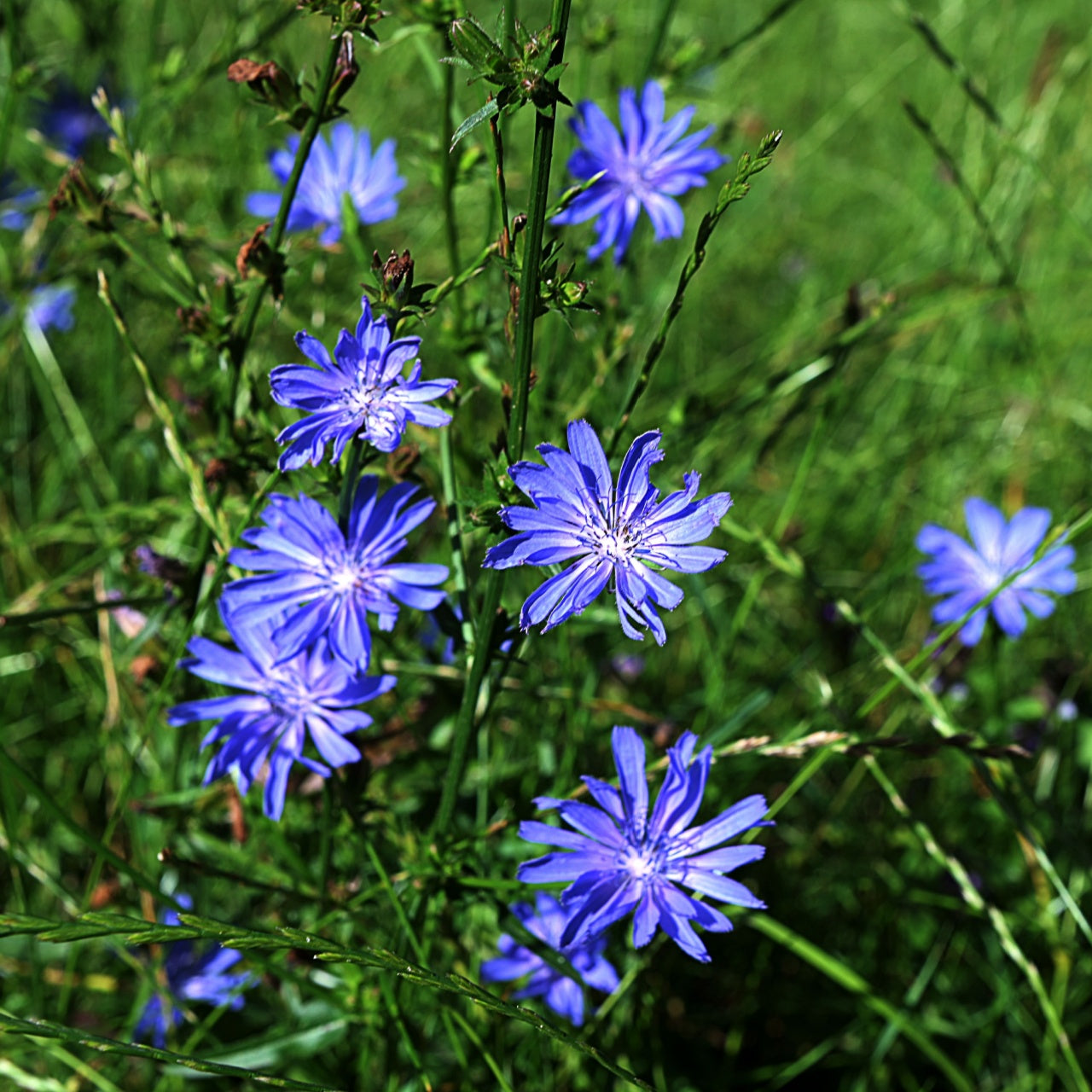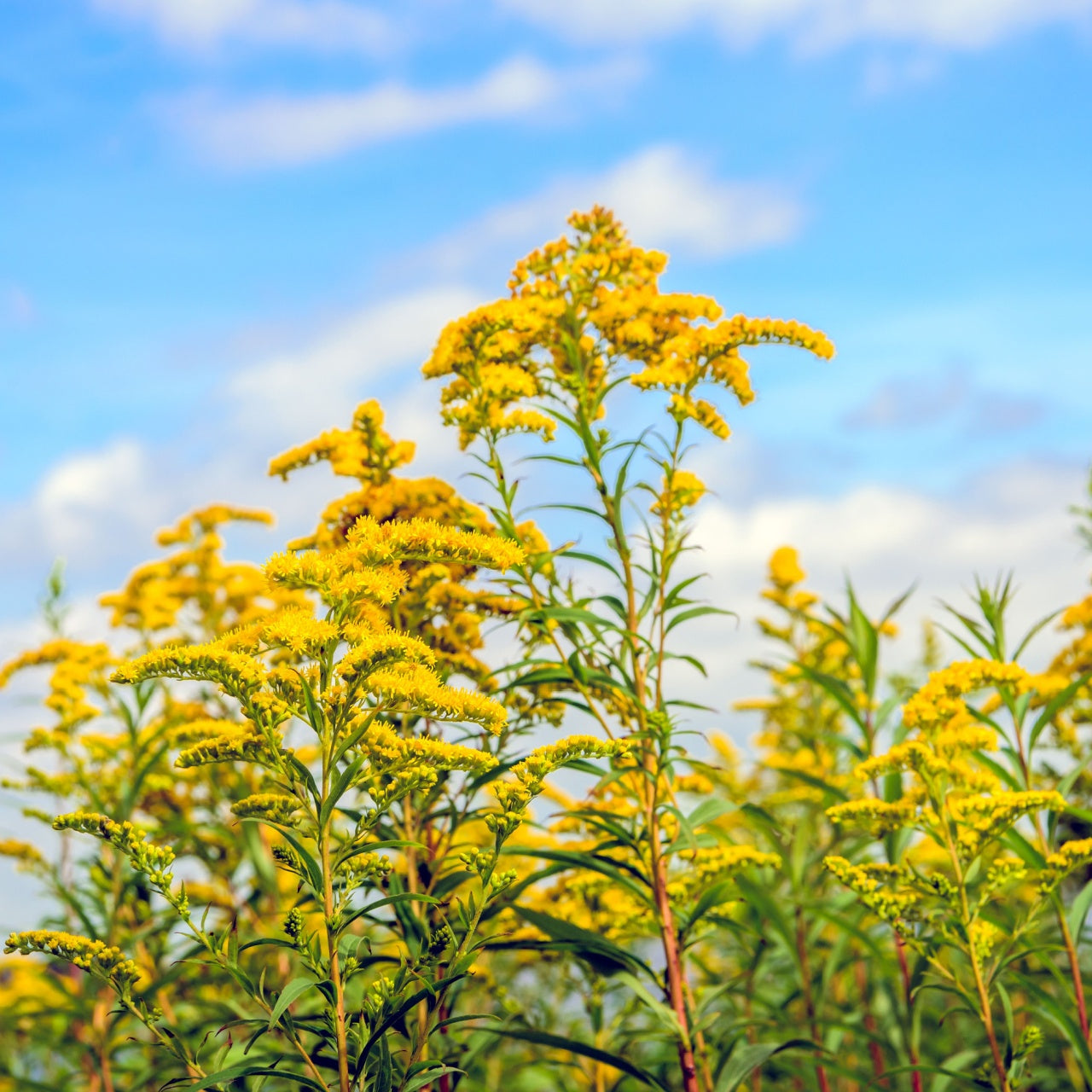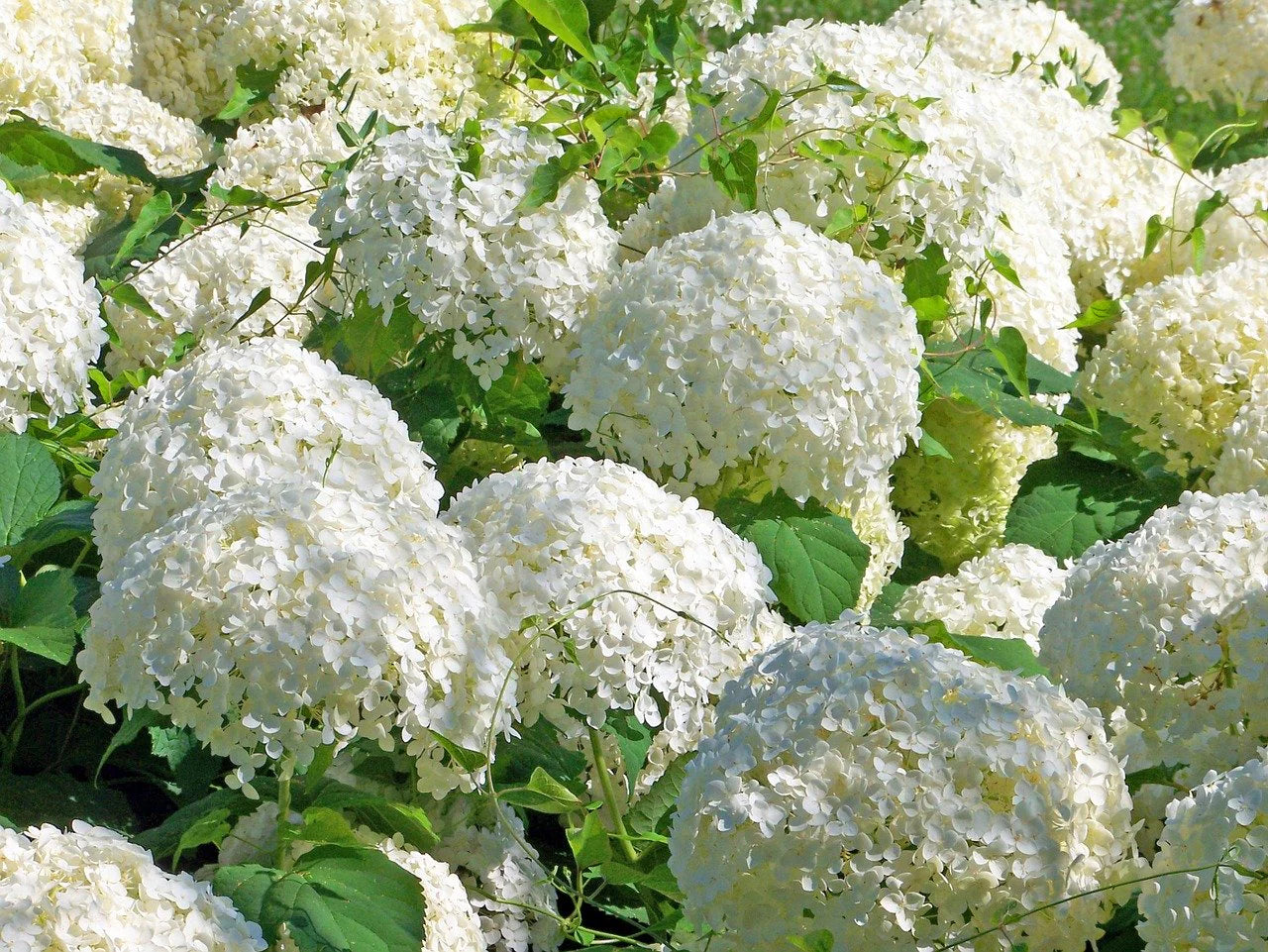Filters
Sort Best selling
-
Carpet Moss -
Northern Spice Bush -
White Pine Tree -
Tiger Lily -
Goldenseal Plant -
Dutchman's Breeches -
Walking Fern -
Smooth Hydrangea -
Blue Vervain -
Green Giant Arborvitae -
Flowering Dogwood Tree - Ships Spring 2026 -
Running Cedar -
Natchez Crepe Myrtle -
Foam Flower -
Great Blue Lobelia -
Sourwood Tree -
Grape Vine -
Yellow Trillium -
Echinacea Plant -
Mayapple -
Chicory Plant -
Golden Rod -
Snowball Viburnum -
Lawn Moss
Shop zone 7 options at TN Nursery to find the plants, shrubs, and trees that will thrive in your area. It has a medium-length growing season in other USDA hardiness areas. The creative gardener can find many landscaping options to make their outdoor space shine throughout the year.
Characteristics Of Zone 7
This area covers a lot of territory, including parts of 28 states in the U.S. The average minimum temperature here is approximately 0-10 degrees Fahrenheit. So, while it certainly gets cold, you'll rarely experience negative temperatures.
The first frost usually happens around mid-November, with freezing continuing on and off through mid-April. Gardening experts generally recommend planting just after the last frost. Fortunately, living in this area means you have an ideal climate for many hardy plants, shrubs, and trees.
All Kinds Of Plants Thrive In Zone 7
No matter where you are, you can grow many beautiful, hardy plants, trees, and shrubs. Depending on your soil type (clay, rocky, loamy, and sandy soil are all possible in this zone), you may need to "soup it up" to get the best results.
Some of our favorites include:
Bloodroot
Bloodroot has white flowers with yellow centers and reddish-orange sap. They can make an excellent ground cover. Bloodroot draws flying friends, including butterflies and bees, to your garden.
Bird's Foot Violet
Bird's foot violets are vibrantly beautiful plants with edible blooms. They come in an all-purple version and a version with both deep blue and purple petals. The bird's foot violet is tenacious and can live in less-than-ideal soil, including dry and rocky environments.
Shasta Daisy
Shasta daisies have charming white petals, bright yellow middles, and lovely green foliage. They're self-seeders that often grow in groups. Shasta daisies can quickly grow quite tall -- up to four feet. Although adaptable to their environment, they do best in well-drained soil.
Foam Flower
Foam flower is a fast grower with clusters of feathery white flowers with a pale pinkish tinge. It's well known for its lovely light honey scent, which draws birds, animals, and humans alike to the garden.
Shop TN Nursery For Many Zone 7 Plants
At TN Nursery, our team chooses only the healthiest and most complex plants, shrubs, and trees for your zone. We give our customers the best value and highest quality and provide fast shipping so you can start bringing your outdoor space to life quickly.

